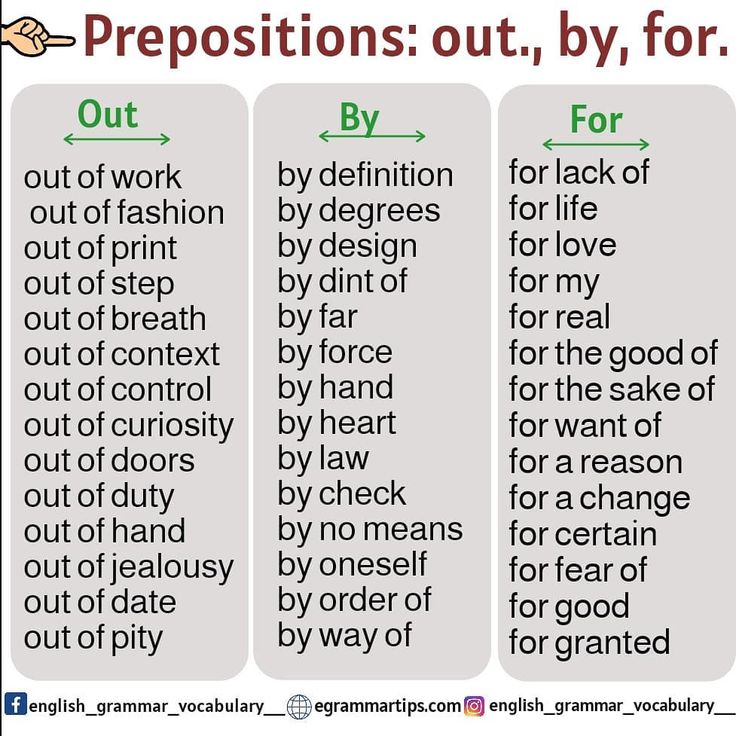The recommended tire pressure is the pressure established by the manufacturer of your car as the optimal air pressure for your tires. Running your tires at the correct pressure is important because it keeps you safe, cuts down your gas bill, and makes your tires last longer. Each vehicle has its own specifications for tire pressure, but most fall between 28 and 36 PSI (pounds per square inch).
Be careful not to confuse the recommended pressure with the maximum pressure. The recommended pressure is the one you should use when filling your tires, and, as explained above, you can find on your doorjamb or in your owner’s manual. The maximum pressure, on the other hand, is usually stated on the sidewall of the tire itself in small print near the tire’s bead (where the rubber abuts the rim). This measurement is provided by the tire manufacturer rather than the car manufacturer and is the
maximum amount of pressure the tire can safely withstand.
Your tires’ max PSI almost always exceeds the recommended pressure. It isn’t advisable to fill your tire to this pressure for everyday driving. At max PSI, your car does not handle as well, braking is impaired, and you could risk dangerous blowouts. Over-inflation can also cause the center of your tire’s tread to wear out prematurely and reduce the lifespan of your tires. You may want to use the max pressure on a temporary basis if you are hauling especially heavy load or towing something.
Most manufacturers do not state a minimum tire pressure, per se. The recommended value is the amount of air that a tire needs for a car to handle properly and safely, and anything under that value is not recommended, so functionally the optimal value is also the minimum. Under U.S. law, vehicles are required to be equipped with tire pressure monitoring systems (TPMS) that warn the driver when tire pressure falls below 25 percent of the recommended PSI.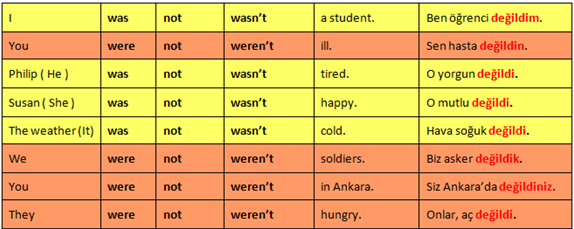 This is considered severe under-inflation, but less drastic pressure drops are still considered moderate or mild under-inflation, and they and can still have negative consequences.
This is considered severe under-inflation, but less drastic pressure drops are still considered moderate or mild under-inflation, and they and can still have negative consequences.
If your tires are inflated to a pressure that is below the recommended PSI (as shown in the manual or on the driver’s side doorjamb), your car will not operate safely. Under-inflation can cause the tire to heat up excessively, which can make the tread pull away from the body of the tire. If this happens on the highway, it could lead to a blowout and a serious accident. There are also financial reasons for making sure your tires aren’t under-inflated. A low tire has more rolling resistance, which means the car has to work harder to move down the highway and consumes more fuel. Well-inflated tires are going to save you money at the pumps. Low tires also wear more quickly and unevenly, so you will have to replace them more often.
A tire pressure monitoring system (TPMS) uses either a direct sensor inside your valve stem or a combination of both software and other existing sensors in your vehicle to let you know when your tire pressure is outside of a safe range of pressures. If the pressure falls below the legally specified limit (25% of recommended pressure) an indicator light shaped like the letter U with an exclamation point inside it (representing the cross-section of a tire) will light up on the dashboard. When you see this TPMS light on you should immediately check your tire pressure and make any necessary adjustments.
If you have further questions about tire pressure or any other aspects of your tires, find your nearest tire dealer to get some advice.
From a safety and cost standpoint, tire maintenance is one of the most important things you can do for your car. The easiest way to care for your tires is both quick and inexpensive: maintain the correct tire pressure.
The easiest way to care for your tires is both quick and inexpensive: maintain the correct tire pressure.
The recommended pressure for tires varies by the type of car and tire. Because maintaining your tires is so crucial to your safety and your car’s overall performance, it’s important to know what tire pressure is correct for your vehicle.
To learn what your tire pressure should be, look for your manufacturer’s recommendation, which is printed on a label inside your car. Depending on the vehicle, this label may be on the edge of the vehicle’s door, on the doorpost or in the glove box. The label will usually give recommendations for the front and rear tires as well as the spare, and it’s important that you stick to those guidelines. Even after you’ve replaced your tires, the same pressure guidelines on your car’s label apply to new tires of the same size.
Pressure recommendations are based on readings taken from a tire pressure gauge. Check the pressure first thing in the morning or wait at least three hours after driving; this provides sufficient time for them to cool back down.
1
Check the pressure first thing in the morning or wait at least three hours after driving; this provides sufficient time for them to cool back down.
1
Driving on underinflated tires is one of the biggest causes of tire failure, according to the National Highway Traffic Safety Administration. And not having enough air in your tires can lead to other problems. Under-inflated tires wear out more rapidly, handle poorly and reduce fuel efficiency. On the other hand, overinflated tires are more susceptible to damage from road irregularities, and they also result in a bumpier ride. Overfilling your tires is just as dangerous as underfilling them, so it’s important you know what is recommended for your vehicle.
Knowing how to check tire pressure is critical to your safety and to keeping your tires in good working order.
When it comes to choosing a gauge, you typically have 3 options:
Put the pressure gauge into the valve stem, making sure the gauge is evenly and firmly pressed onto the stem.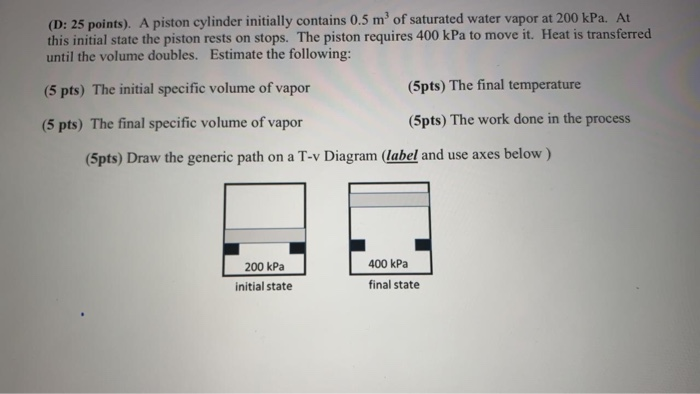 If you’re using a pen-style gauge, read the number on the rod that pops out of the sleeve. Read dial pressure gauges as you would a watch with one hand. With a digital pressure gauge, simply read the number on the screen. 2
If you’re using a pen-style gauge, read the number on the rod that pops out of the sleeve. Read dial pressure gauges as you would a watch with one hand. With a digital pressure gauge, simply read the number on the screen. 2
Find your tires’ recommended PSI in the owner’s manual or on a sticker just inside the driver’s side door. The proper PSI is crucial to your safety and the car’s longevity. Underinflated tires can overheat and wear unevenly; overinflated tires can blow out.1
Temperature has a direct effect on your air tires’ air pressure, so for an accurate PSI reading, make sure to check tire pressure when tires are cold. If it’s cold outside, then you can assume your tires are losing PSI and you should check even more frequently. This will help to ensure maximum safety. Take your car to a mechanic you trust for a professional assessment.3
If you happen to find yourself without a tire gauge and your car doesn’t have an indicator for low tire pressure, there are several things you can do to figure out whether your tires need to be inflated.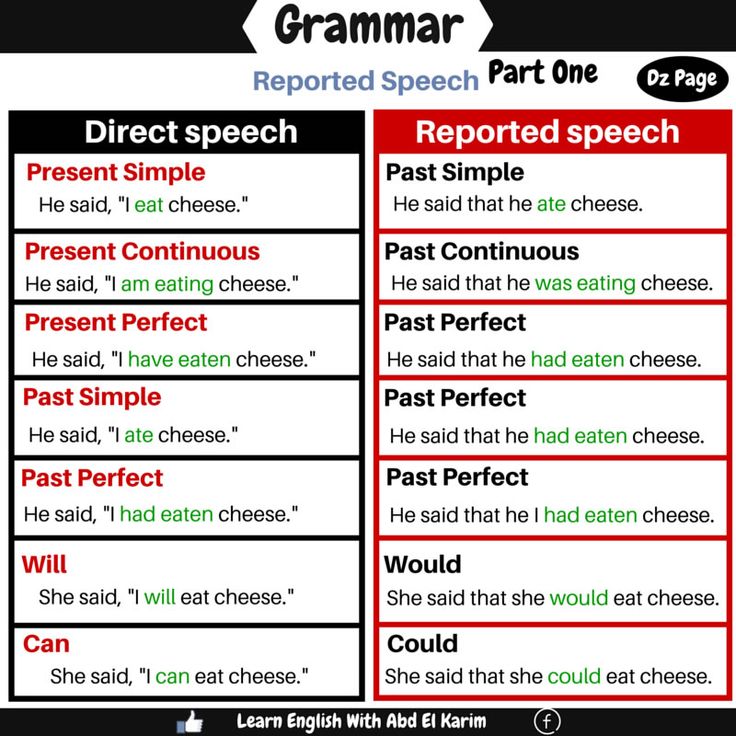
Of course, knowing your recommended PSI isn’t enough. You have to ensure you’re checking your tires regularly. Experts recommend you check air pressure once a month.5 Your car’s tire pressure monitoring system TPMS measures the amount of air in your tires to let you know whether your tires are properly inflated. 1
1
Frequently checking your PSI becomes even more important in the fall and winter, when outside temperatures drop and weather conditions fluctuate causing your tires to lose air more quickly. Generally, your tire will gain or lose 1 PSI for every 10-degree change in temperature, which means if you have a sudden drop of 30 degrees, you could lose 3 PSI overnight. If your tires were already low, this could cause tire damage, steering problems or even a flat tire.3
Knowing and maintaining the right air pressure is important to the safety and longevity of your tires. All it takes is a tire pressure gauge and a few minutes of your time.
Once you have the right tire pressure, make sure you also have the right coverage. Learn more about how Nationwide auto insurance can help protect you and save you money.
Sources:
1 https://www.pirelli.com/tires/en-us/car/driving-and-tire-tips/how-to-read/recommended-tire-pressure, Accessed April 2022.
2 https://www.consumerreports.org/cro/tire-pressure-gauges/buying-guide/index.htm#:~:text=There%20are%20three%20types%20of,of%205%20to%2099%20psi., Accessed April 2022.
3 https://www.firestonecompleteautocare.com/blog/tires/should-i-inflate-tires-cold-weather/, Accessed April 2022.
4 https://rxmechanic.com/how-to-check-tire-pressure-without-gauge/, Accessed February 2022.
1. Tire and tire pressure recommendations
2. Pressure unit correspondence table
3. Why are deviations in tire pressure dangerous?
- Risks of insufficient tire pressure
- Risks of high tire pressure
4. How does tire pressure affect driving comfort and safety?
- Strengthening due to pressure
- Tire pressure for driving on the highway
- Off-road pressure
- Pressure and fuel economy
5. How does tire pressure depend on the season?
How does tire pressure depend on the season?
- Winter tire pressure
- Tire pressure in summer
6. How to check tire pressure?
7. How often should blood pressure be measured?
Headed out on the road? Check tire pressure. Permanent advice, which, alas, is often forgotten. In the meantime, properly inflated tires make driving comfortable, driving safer, and tire life longer. What should be the pressure? What are the dangers of over-inflated or under-inflated tires? We have collected answers to all questions, as well as useful tips, in one article. Everything written below will help you not only make your trip safe, but also save your budget. How? Read and level up.
What should be the pressure?
Recommendations of car and tire manufacturers
So, let's start with the banal. Each car manufacturer has standards and recommendations for the level of inflation pressure in tires.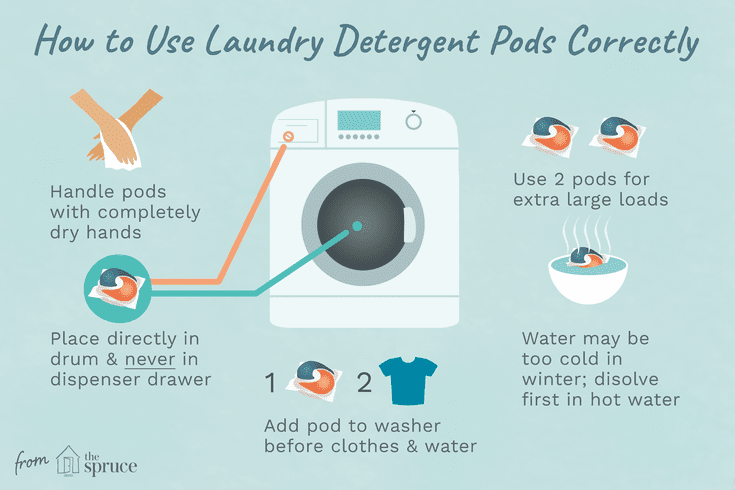 It's always best to stick with them. You can find the numbers you need:
It's always best to stick with them. You can find the numbers you need:
* In the vehicle owner's manual
* On a special sticker inside the car (usually on the car door, B-pillar or gas cap)
* In the form of a QR code (relevant for the latest models, especially premium ones; the sticker with the code is located in the same places)
These cheat sheets contain all the information you need. The manufacturer stipulates not only the optimal level of internal tire pressure, but also the limits to which it can be increased or decreased relative to the norm. The amount of pressure depends on the size of the tires, on some cars the recommended pressure for the rear and front wheels differs. To summarize, for most passenger cars, the recommended constant tire pressure ranges from 2-2.5 atmospheres. This is the norm not only for a comfortable and safe ride, but also for fuel economy.
Tire manufacturers also indicate pressure on the label. But there is an important point here! The number on the sidewall of the tire is not the norm to strive for, but an indicator of the maximum pressure that the tire can withstand and not burst.
But there is an important point here! The number on the sidewall of the tire is not the norm to strive for, but an indicator of the maximum pressure that the tire can withstand and not burst.
Correspondence table for pressure measurements
Tire pressure is measured in two units: atmospheres (or bars) and psi. Bars are the most common, it is in them that the pressure is measured in gauges in tire shops and gas stations. However, in some countries it is psi that is used - pounds per square inch. To avoid confusion, it is worth remembering that one psi corresponds to 0.068 bars.
Why are deviations in tire pressure dangerous?
Tire pressure affects how long tires last and how quickly they wear out. And not only. If the tires are over-inflated or, conversely, under-inflated, then their critical properties such as traction, vehicle directional stability when driving, handling (especially when cornering and on uneven surfaces), braking distance and resistance to aquaplaning will change.
Why is this happening? To answer this question, elementary knowledge of physics is enough. With the right gas pressure from the inside to the tire, the tire retains exactly the shape that was intended by the manufacturer. The contact patch of the tire with the road is also optimal, because the tread at optimal pressure also retains its shape and the necessary degree of flatness so that its pattern moves along the surface as it should (see figure).
The most dangerous situation is when there are different pressures in different wheels of a car. Yes, some manufacturers allow different pressures in the front and rear wheels, but in pairs, tires on the wheels of the same car axle must still match. If the pressure is not the same everywhere, then the car, when driving, will roll towards the “sagging” wheel - that is, the one where the pressure indicator is the lowest. Such a situation is a reason for technical inspection. If one of the tires loses pressure, it may be damaged.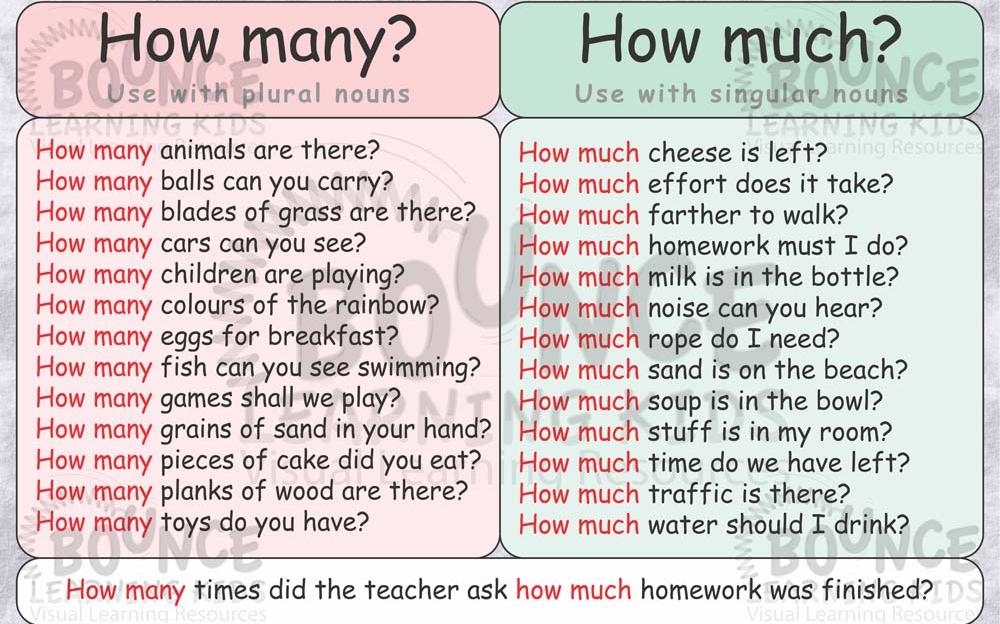 A change in pressure can also be the result of a misaligned wheel rim or a defective spool causing air to leak.
A change in pressure can also be the result of a misaligned wheel rim or a defective spool causing air to leak.
- Risks of insufficient tire pressure
Tires with low internal pressure or, in simple terms, under-inflated tires lose their shape when driving. They become softer, more pliable, and the weight of the car, especially at speed and when cornering, makes them literally sag and sag. What does it threaten?
Uneven wear. The side treads wear out faster than the middle tread because the tire has more contact with the road due to tire deformation.
Rolling resistance increases, which causes the tire to heat up more.
Acceleration time is increased.
Increased fuel consumption.
Threatening the integrity of the tire carcass and its rubber, especially in the side parts, which can lead to sidewall rupture. This can be warned by a worn strip that appears around the entire circumference of the tire - this is evidence of chafing of the cord threads.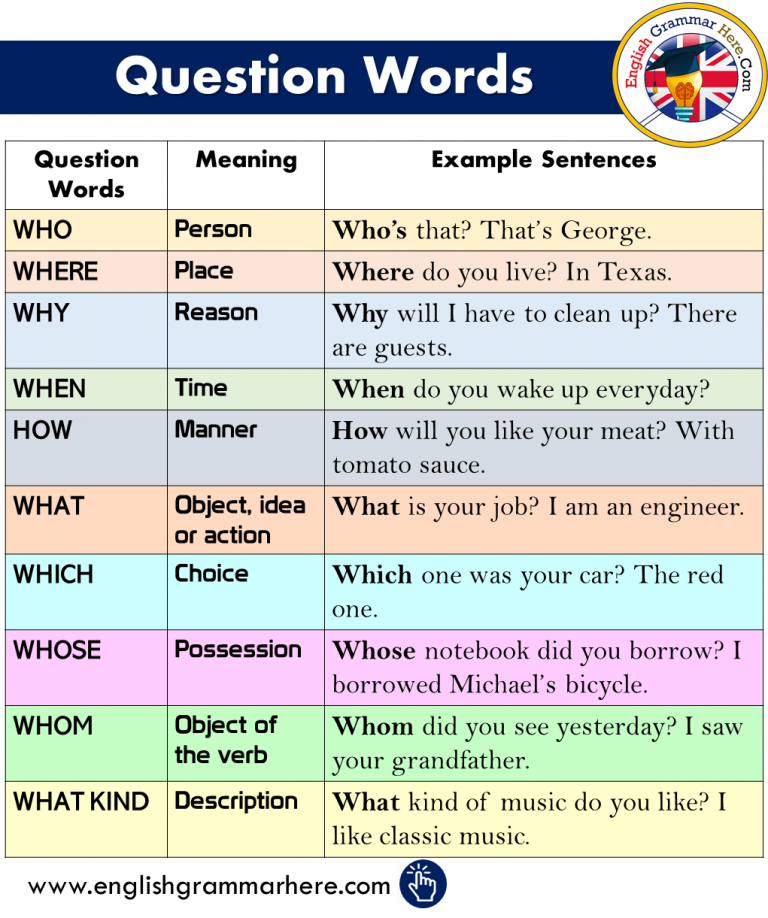
Risk of tire dismantling. An under-inflated tire may come off the disc seat.
Tires deformed by long-term use at low inflation pressure become unsuitable for further use. Even if the pressure in them is brought to normal, the risk of rupture in the weakened parts remains. If you want to avoid unnecessary expenses - do not strain the tires.
- Risks of high tire pressure
With increased tire pressure, the part of the tread that should be flat and provide reliable traction becomes convex, literally swells up like a ball. As a result, the contact patch of the tire with the road is much smaller than planned by the manufacturer. Why is it dangerous?
The tread wears unevenly, faster in the middle than on the sides.
Decreased grip and handling.
Due to the reduction in the area of contact between the tire and the road, the braking distance increases.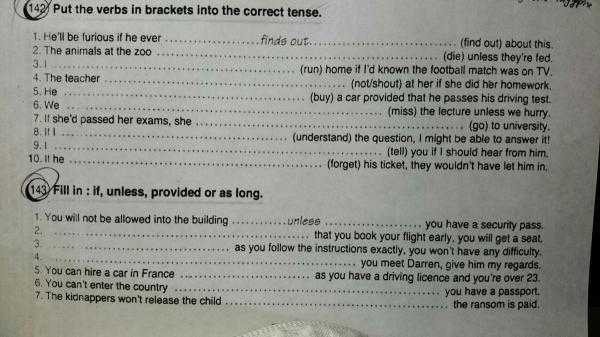
If the tire pressure is too high, the tire runs the risk of exploding.
Long driving on tires with high pressure overstresses the cords, such a tire will last much less.
The deformed contact patch of the tire with the road interferes with the effective removal of water, as a result, hydroplaning can occur on a wet surface.
How does tire pressure affect driving safety and comfort?
Sometimes the pressure in the tires still needs to be lowered or increased. It depends on certain driving conditions or the quality of the surface. For a short period of time, this will improve the driving characteristics of the car and driving safety. Of course, everything is within the manufacturer's recommendations, however, even small changes can greatly affect driving comfort.
- Increasing tire strength due to pressure
A slight increase in pressure can slightly raise the "tensile strength" of tires under excessive loads.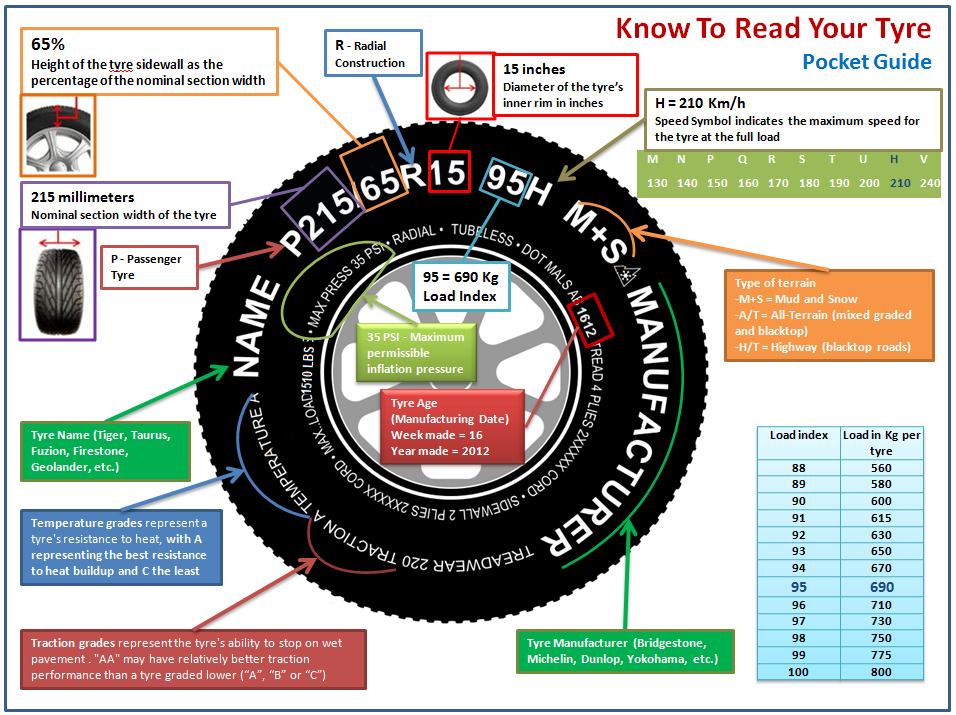 Yes, overloading the car is bad, but sometimes you have to, especially when the summer season is on the nose. This is especially true for a car with an attached trailer, which increases the load on the rear wheels. Tires at least on the rear axle in this case, it is better to additionally pump up 0.2-0.3 bar. From the additional load, they still “sag” a little.
Yes, overloading the car is bad, but sometimes you have to, especially when the summer season is on the nose. This is especially true for a car with an attached trailer, which increases the load on the rear wheels. Tires at least on the rear axle in this case, it is better to additionally pump up 0.2-0.3 bar. From the additional load, they still “sag” a little.
- Tire pressure for highway driving
Long and high-speed races on highways for tires are a strong test. Therefore, even the manufacturers of many cars advise in the operating instructions: before a long trip on a flat road (more than an hour at a speed of 115 km / h), it is better to slightly increase the tire pressure. The increase should be small - 0.2 atmospheres (bar). This recommendation also takes into account the fact that the pressure in the tire itself will increase from the heating of the tire.
- Off-road pressure
Tire pressure adjustment can help you get through difficult terrain. Driving on sand, snow, mud and wet grass will be easier if you lower the tire pressure a little. This maneuver will increase the contact patch of the tire with the surface, increase grip, and the car will be less likely to get stuck and skid. The main thing is to keep a low speed, and when the difficult section is left behind, restore the correct tire pressure again.
Driving on sand, snow, mud and wet grass will be easier if you lower the tire pressure a little. This maneuver will increase the contact patch of the tire with the surface, increase grip, and the car will be less likely to get stuck and skid. The main thing is to keep a low speed, and when the difficult section is left behind, restore the correct tire pressure again.
- Pressure and fuel economy
There is a myth that when the tire pressure is higher than normal, fuel consumption decreases. It really goes down, but it's not worth it. The savings will be only less than 5%, but driving comfort will drop dramatically. The fact is that the tire becomes stiffer under excessive pressure, so that you and your passengers will feel all the bumps and bumps in the road. The point in saving on fuel is also lost because with constant driving on overinflated tires, the tires themselves wear out faster and more likely to require replacement costs.
How does tire pressure depend on temperature?
In winter and summer, the pressure in car tires may differ.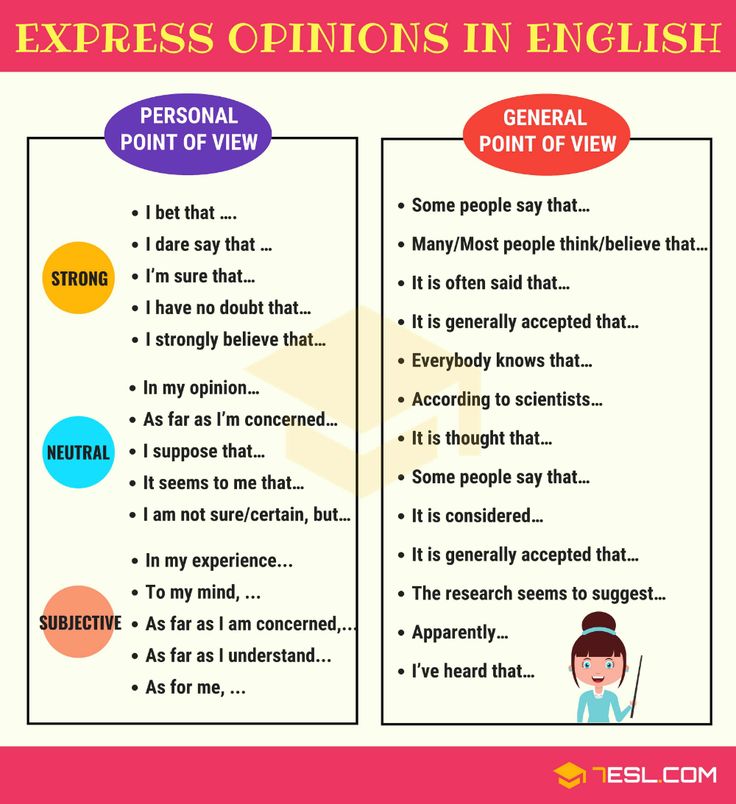 This directly depends on the physical properties of the gas with which the tires are inflated. We all remember from school that at high temperatures, gas tends to expand, and at low temperatures, on the contrary, it contracts. Therefore, even if the tires were inflated recently, with temperature changes, this very pressure will change, and noticeably. On average, for every 10ºC, the air pressure in the tires changes by 0.1 bar.
This directly depends on the physical properties of the gas with which the tires are inflated. We all remember from school that at high temperatures, gas tends to expand, and at low temperatures, on the contrary, it contracts. Therefore, even if the tires were inflated recently, with temperature changes, this very pressure will change, and noticeably. On average, for every 10ºC, the air pressure in the tires changes by 0.1 bar.
- Tire pressure in winter
It is especially difficult to maintain constant tire pressure during cold snaps. Therefore, in the fall, changing summer tires to winter tires, checks must be approached carefully. It should be checked during the first frost and after the temperature drops well below zero. Most likely, the tires will need additional pumping. Keep in mind: in a warm garage or in a closed parking lot, it is difficult to catch the pressure drop in the tires. It will happen when you go out into the cold. Therefore, it is better to check and inflate tires after parking in the open air.
- Tire pressure in summer
Summer tire inflation is recommended to be carried out in a warm spring with a margin for the summer and at the end of summer before changing seasonal tires. However, this does not exempt from checks. The fact is that the warmer it is, the more the air in the tires expands - and the sooner it “comes out” through the chambers. In addition, pressure can drop with even microscopic tire damage, and in summer this happens even faster.
How to check tire pressure?
1. The pressure gauge is your best and indispensable friend in this matter. It can be either portable, up to the size of a key fob, or stationary, installed at a gas station, in a tire fitting room or other specialized car service facilities.
You can buy your own car pressure gauge at any auto parts and accessories store. They are pointer, mechanical or electronic. Not only its price, but also its accuracy depends on the class of the pressure gauge. The pressure gauge is mandatory installed on the compressor for pumping wheels - it is he who allows you to adjust the pumping process and the required amount of air supplied to the tire. But it can also be used separately to determine the existing pressure.
The pressure gauge is mandatory installed on the compressor for pumping wheels - it is he who allows you to adjust the pumping process and the required amount of air supplied to the tire. But it can also be used separately to determine the existing pressure.
It is easy to check the accuracy of the manometer. Use it immediately after the tire fitting, where you will adjust the inflation pressure in the tire to the desired value, and just check the readings.
2. Automatic tire pressure monitoring systems. For example, premium cars are equipped with direct pressure sensors that are installed directly into the wheel rim. Sensors measure tire pressure and temperature, and the information is sent to the on-board computer. When pressure indicators change, a warning signal is received, or information is displayed on the computer panel in digital and alphabetic form. Similar direct control devices can be purchased and installed separately: pressure control sensors are installed in the wheels, and the receiving device is installed in the passenger compartment.
A similar system is part of the anti-lock braking system (ABS), but it works differently. The ABS system does not measure tire pressure, but wheel speed, and draws conclusions. The fact is that when the pressure decreases, the diameter of the tire changes, and the wheel starts spinning faster in order to “catch up” with the rest. The system captures these changes, checks them against valid values stored in memory, and informs you of the mismatch.
3. Indicator caps are screwed onto the tire valves. These pressure sensors are transparent on top, and this part serves as an indicator: the change in color indicates the current state of the wheels. The obvious disadvantages of such a control system are that it is impossible to evaluate the change in tire pressure during movement with its help; a stop and a visual inspection are necessary.
How often should the tire pressure be checked?
Manufacturers recommend checking tire pressure once a month.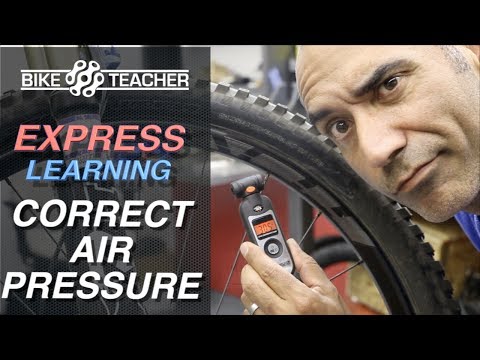 But this is the minimum. Of course, under extreme operating conditions and sudden changes in temperature, it is not worth the risk and you need to check more often. And before a long journey or planned loads, checking the internal pressure in the tire is completely mandatory, even if it is extraordinary.
But this is the minimum. Of course, under extreme operating conditions and sudden changes in temperature, it is not worth the risk and you need to check more often. And before a long journey or planned loads, checking the internal pressure in the tire is completely mandatory, even if it is extraordinary.
Important: pressure measurement is carried out only on cold tires - that is, those that have remained without movement for at least 5 hours.
5 most important findings
1. Tire pressure affects ride comfort, vehicle handling and your own safety.
2. Under-inflated tires wear out faster, can burst at the side and heat up much faster when driving. With prolonged use of tires with reduced pressure, tires are completely deformed so that they can no longer be restored.
3. Overinflated tires lose reliable grip, and the car loses controllability. In addition, when driving on overinflated tires, the braking distance is greatly increased, and each bump becomes more noticeable.
4. Check tire pressure at least once a month, and definitely before every long trip. A pressure gauge or automatic tire pressure monitoring systems will help with this. The pressure check is carried out on "cold" tires that have not been on the move for at least 5 hours. Temperature fluctuations, frosts, long trips in the summer and overheating of tires are an extra and important reason to double-check tire pressure.
5. Small changes in tire pressure can help you with excessive loads or off-road. But such changes should be short-term, after which the pressure must be restored to the norm recommended by the manufacturer.
Tire pressure significantly affects driving parameters: comfort, car handling, economy and safety. It is important to maintain the pressure recommended by the manufacturer and check it regularly. Let's figure out how to do it right.
When driving on asphalt, incorrect tire pressure (both high and low) leads to a decrease in the contact patch with the road. An overinflated wheel clings to the surface only in the central part, which leads to its rapid wear. A poorly inflated tire, on the contrary, "sits" on the sidewalls, leaning on the shoulder areas of the tread and pushing the central part inward. Here's what it looks like:
An overinflated wheel clings to the surface only in the central part, which leads to its rapid wear. A poorly inflated tire, on the contrary, "sits" on the sidewalls, leaning on the shoulder areas of the tread and pushing the central part inward. Here's what it looks like:
Both under-inflated and over-inflated tires create a lot of problems for the driver.
1. Increased wear on the central part of the tire tread.
2. Reduced ride comfort, hardness of potholes and road bumps.
3. Increased load on the car's suspension due to reduced tire damping effect.
4. Risk of tire damage and herniation due to shock loading (getting into a pit or pothole).
5. Reduced steering stability due to reduced contact patch.
1. Increased wear of the tread sidewalls (shoulder areas).
2. Severe deformation of the rubber when driving over bumps, which increases the risk of tire damage.
3. An increase in tire temperature, which threatens to delamination of the carcass and can lead to tire explosion at high speed.
4. Increased risk of hydroplaning on wet roads.
5. Risk of tire breaking.
6. Increased fuel consumption.
Reduced pressure hits the driver's pocket hard: a pressure drop of 20% (which is not uncommon: it is enough, for example, to deflate the wheels to 1.8 atmospheres instead of the 2.2 prescribed by the manufacturer) reduces tire life by 25-30% and increases fuel consumption fuel by 3%.
There is no universal tire pressure: it depends on the size of the tires, the characteristics of the car (primarily weight) and road conditions. Therefore, it is important to follow the factory recommendations, maintaining exactly the tire pressure that the engineers expected when designing the car.
The recommended pressure for your machine can be found in the instruction manual and on the sticker in the door frame. If, depending on the configuration, tires of several dimensions were installed on the car, then the pressure recommended for them may differ - look in the table for your exact wheel size. The manufacturer may prescribe an increase in tire pressure at the maximum load of the machine. For the spare tire (Spare tire), the required pressure is also indicated on a separate line - note that it is much higher than the standard one.
If, depending on the configuration, tires of several dimensions were installed on the car, then the pressure recommended for them may differ - look in the table for your exact wheel size. The manufacturer may prescribe an increase in tire pressure at the maximum load of the machine. For the spare tire (Spare tire), the required pressure is also indicated on a separate line - note that it is much higher than the standard one.
So, you have found the required pressure parameters, it remains to decipher them. In physics, pressure is measured in pascals, in real life - in anything: in bars, atmospheres, pounds-force, kilogram-force ... Drivers and tire workers usually use the term atmosphere, but such a unit is often absent on pressure gauges (pressure measuring devices) . Let's clear up this confusion.
Atmosphere is a non-systemic unit of measurement, approximately equal to atmospheric pressure on the surface of the Earth. Since it has become widely used, it was necessary to somehow equate it with correct physical units. For simplicity, one atmosphere is considered equal to one bar, one kilogram-force and one hundred kilopascals.
For simplicity, one atmosphere is considered equal to one bar, one kilogram-force and one hundred kilopascals.
In addition to the technical atmosphere (at), there is also the physical atmosphere (atm), which is slightly larger. Again, for convenience, they are considered equal. But all these assumptions introduce an error, so if you need accurate tire pressure, measure it correctly - in pascals or bars. Moreover, manufacturers usually indicate the pressure in these quantities.
Imperial pounds-force (aka PSI, “psi”), popular in the USA, is more difficult to translate, here you can’t do without a calculator. In the table, we have collected together all pressure units with exact values, and also approximately brought them to each other to simplify calculations:
| Pressure units | |||||
| Pascal | Bar | Technical atmosphere | Physical atmosphere | PSI | |
| 1 Pa | 1 N/m² | 10-5 | 10. | 9.8692•10-6 | 145.04•10-6 |
| 1 bar | 105 | 1x106 dynes/cm² | 1.0197 | 0.98692 | 14.504 |
| 1 at | 98066.5 | 0.980665 | 1 kgf/cm² | 0.96784 | 14.223 |
| 1 bar | 101325 | 1.01325 | 1.033 | 1 bar | 14. |
| 1psi | 6894.76 | 68.948•10-3 | 70.307•10-3 | 68.046•10-3 | 1lbf/in² |
It is advisable to check tire pressure daily, before driving. But this is only possible with a very measured rhythm of life. In reality, checking at least once a month is already an excellent indicator for the average driver. But before traveling a long distance, checking the pressure and visual inspection of tires and rims should be done in any case.
It is necessary to measure the pressure in cold tires, that is, before driving. During driving, the tires heat up, which increases the pressure by about 10%. Therefore, never release supposedly excess air from hot tires: after cooling, the pressure will be below normal.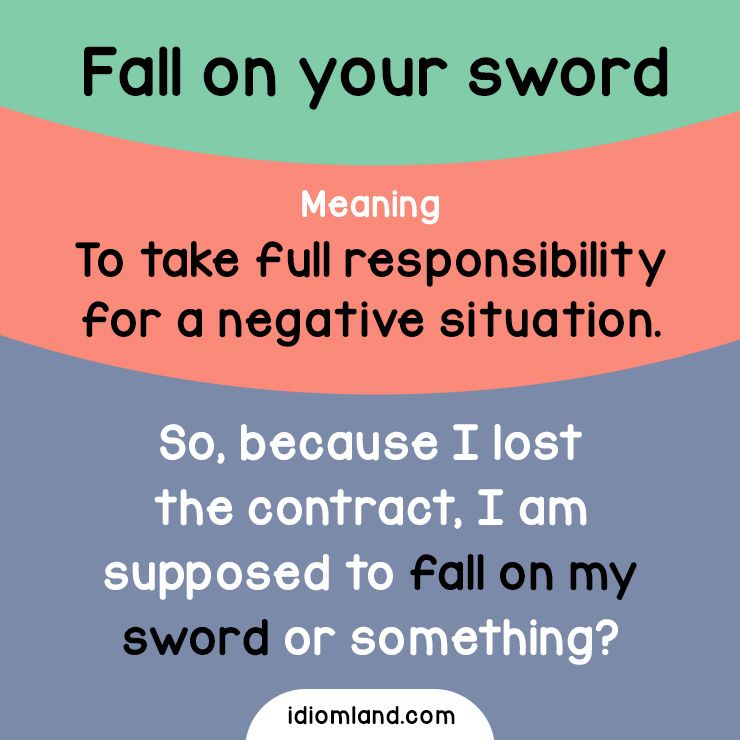 If you had to inflate a hot tire during a trip, inflate it 10% more than the nominal value, and check the pressure again when the wheels have cooled down - no earlier than 3 hours after stopping.
If you had to inflate a hot tire during a trip, inflate it 10% more than the nominal value, and check the pressure again when the wheels have cooled down - no earlier than 3 hours after stopping.
Always check the pressure in all tires. Different tire pressures seriously affect handling and can cause the car to pull to the side. Do not forget about the "spare tire": it should always be inflated in case of an unexpected wheel change on the road.
For long-term driving at high speeds (more than 160 km/h), car manufacturers advise increasing tire pressure by 0.2-0.4 bar from the recommended value. This will slightly improve the handling of the car, although it will negatively affect comfort. But such advice is relevant for driving on high-speed autobahns, and not for everyday urban use, especially in Russia.
Before a long trip on a dirt road or a road with a muddy surface (mud, snow), it is reasonable, on the contrary, to reduce the pressure in the tires - this will improve the grip.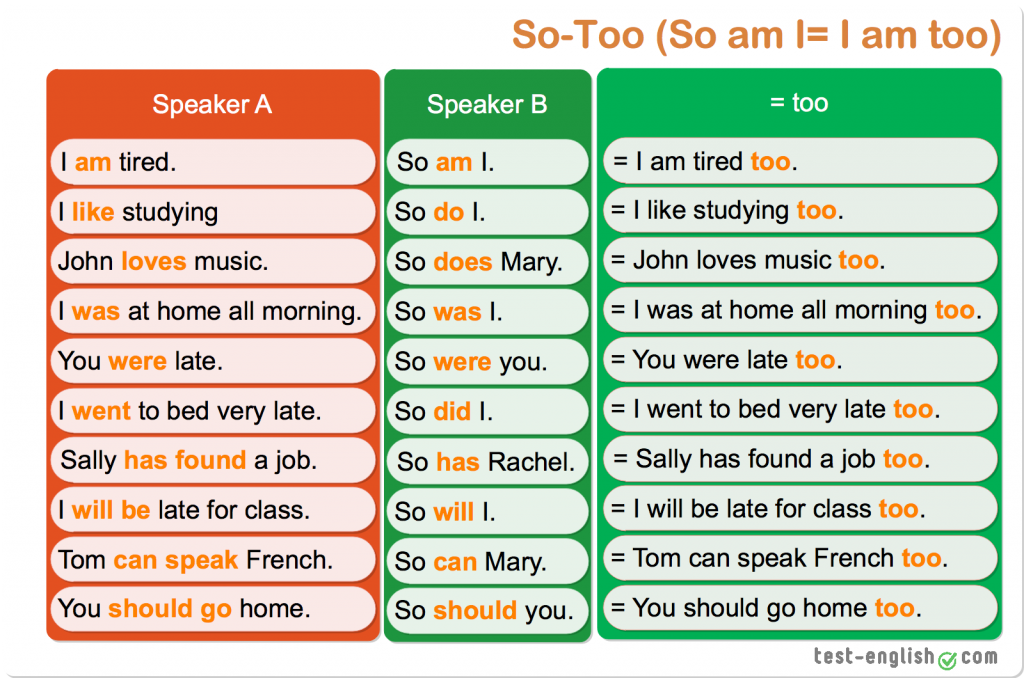 In summer, it is worth limiting yourself to reducing pressure by 5-10% of the nominal value, and in winter - by 10-15%.
In summer, it is worth limiting yourself to reducing pressure by 5-10% of the nominal value, and in winter - by 10-15%.
The pressure in low-profile tires (especially non-standard sizes) must be monitored especially carefully. Low profile tires have two features: a low sidewall (profile) height and a large rim diameter. If the tire has the correct air pressure, only the tread is in contact with the road. Low pressure causes the sidewall of the tire to bend, causing it to touch the roadway and wear out quickly, up to complete abrasion. And punching a low-profile tire in a pit at low pressure is much easier.
When inflating low profile tires, you need to focus on the pressure indicated for a full load of the machine and the maximum allowable pressure for a particular tire. It is indicated on the sidewall, next to the inscription max pressure, in one of the accepted units of measurement: kilopascals (KPA), bars (BAR) or pounds-force (PSI).